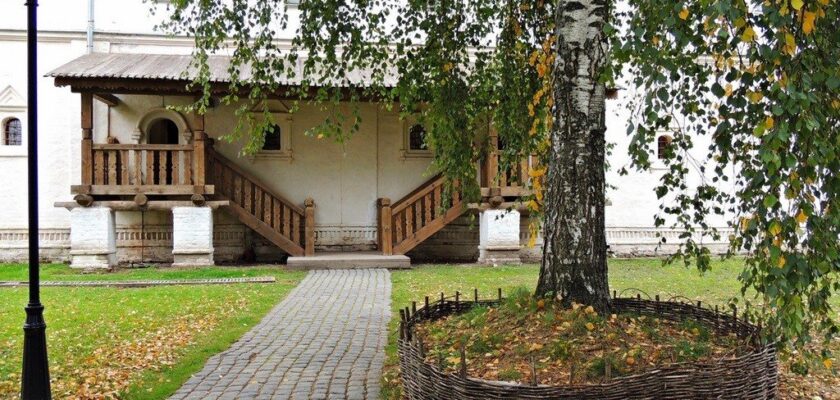Spaso-Vlakhernsky Nunnery
Spaso-Vlakhern Monastery is a female Orthodox monastery located in the urban-type settlement of Dedenevo, 60 kilometers north of Moscow. The village on the hills of the Klin-Dmitrovskaya Ridge was founded many centuries ago, and was originally called Dedenevo Wasteland.
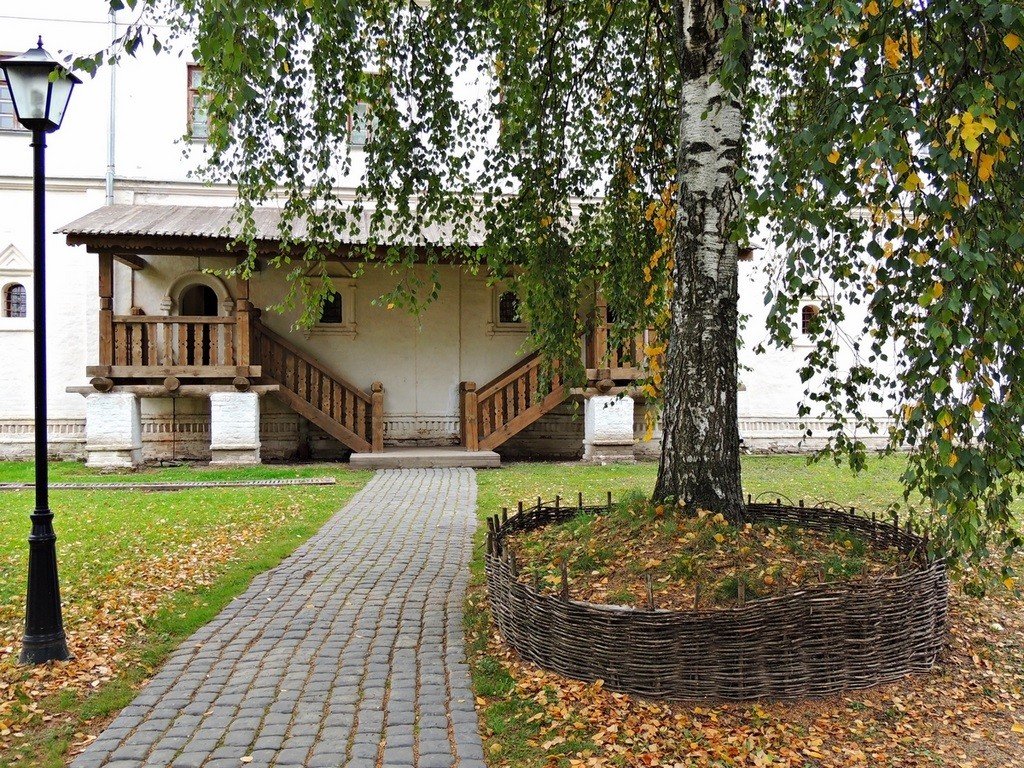
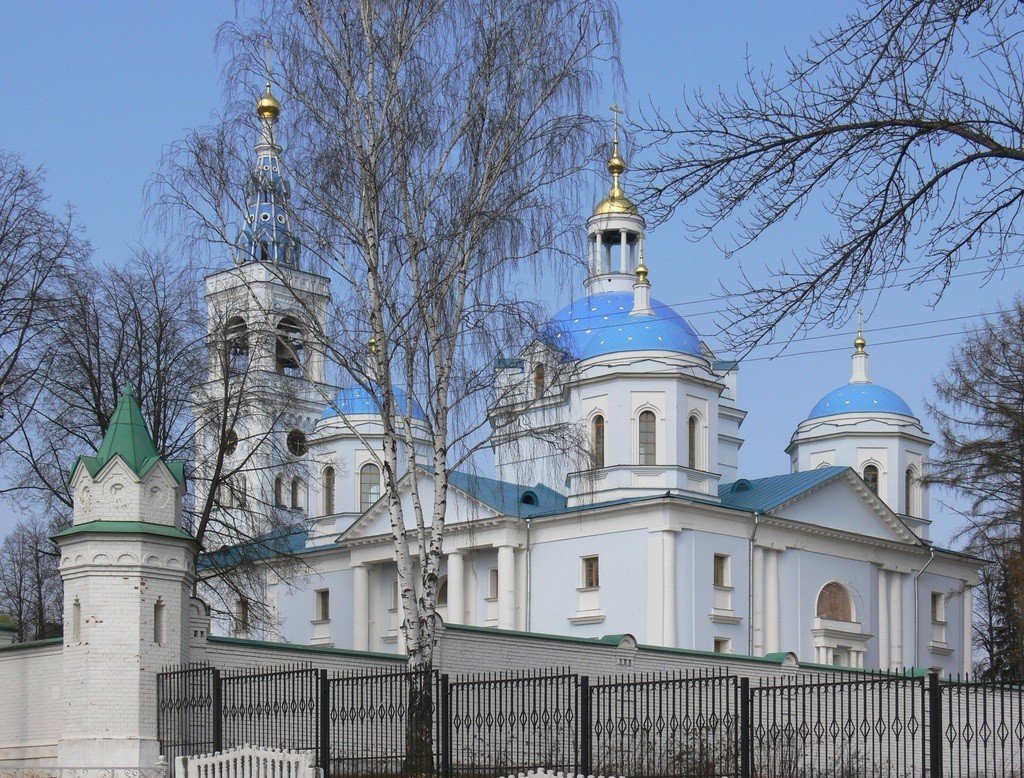
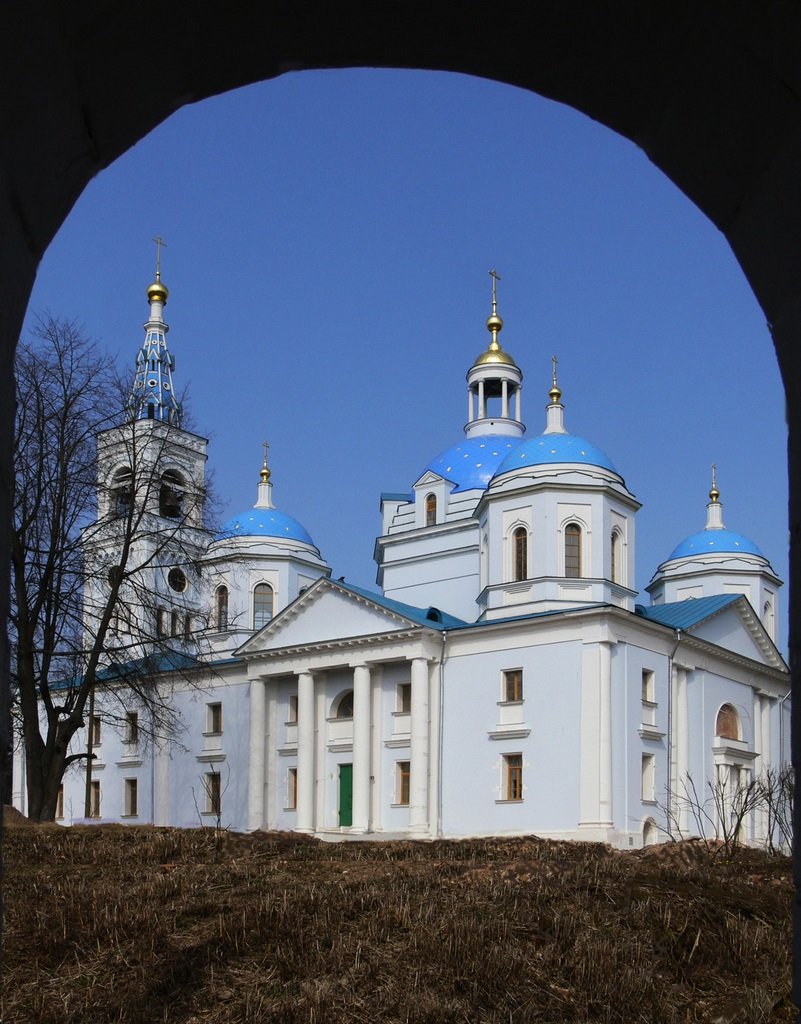
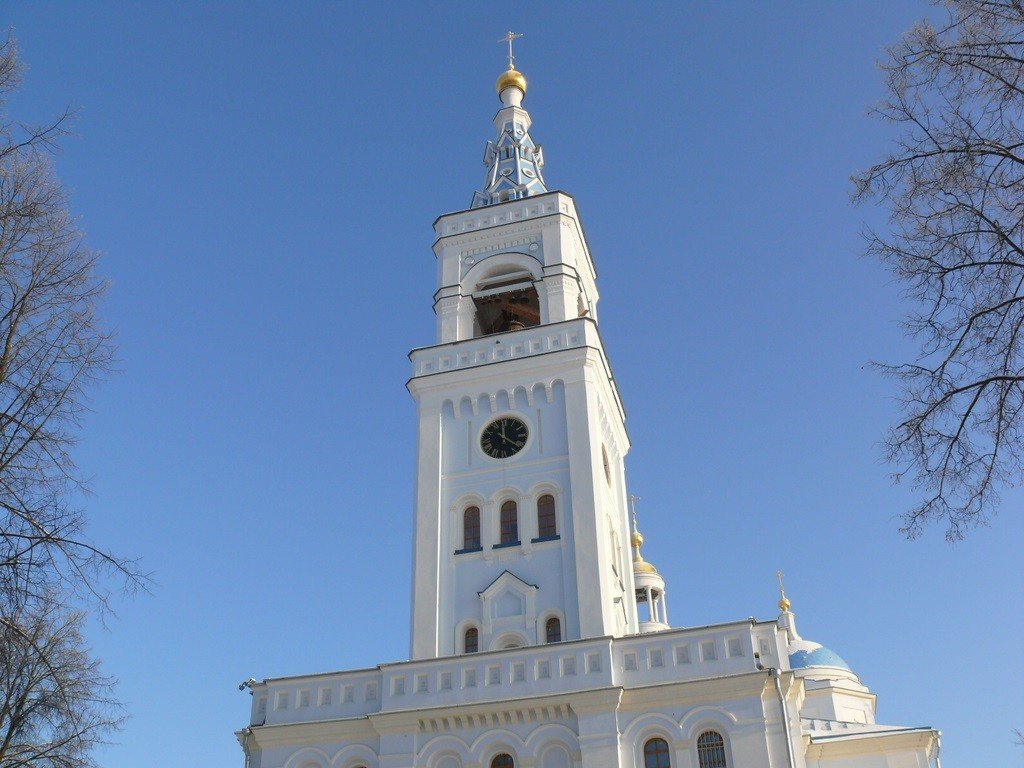
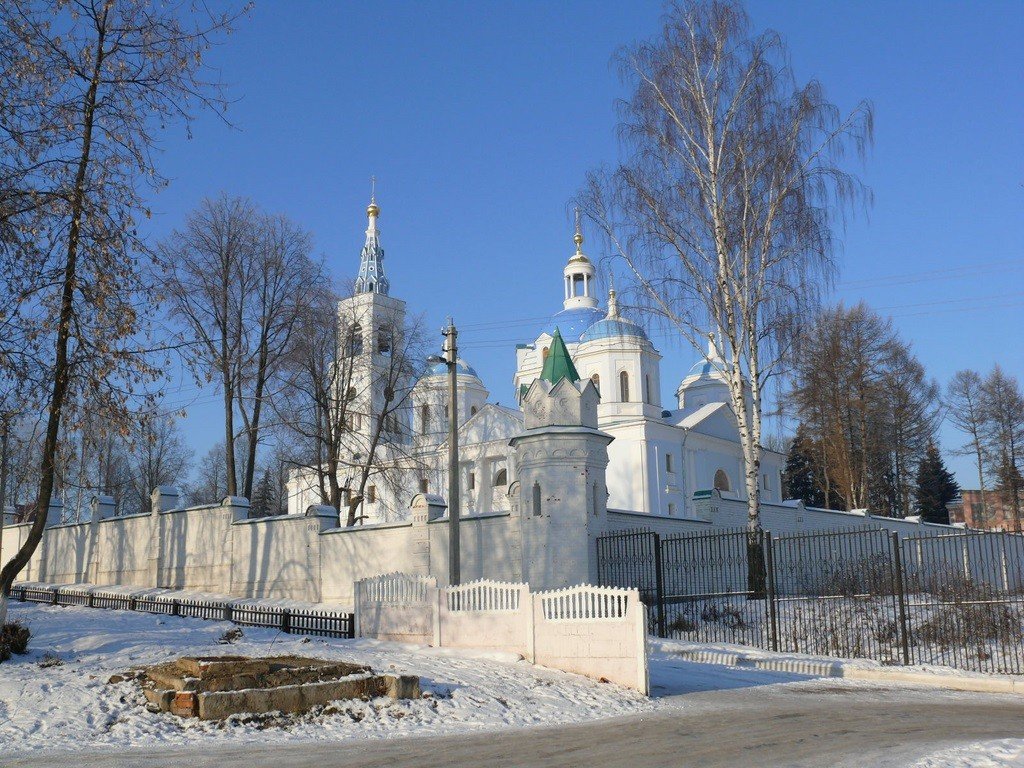
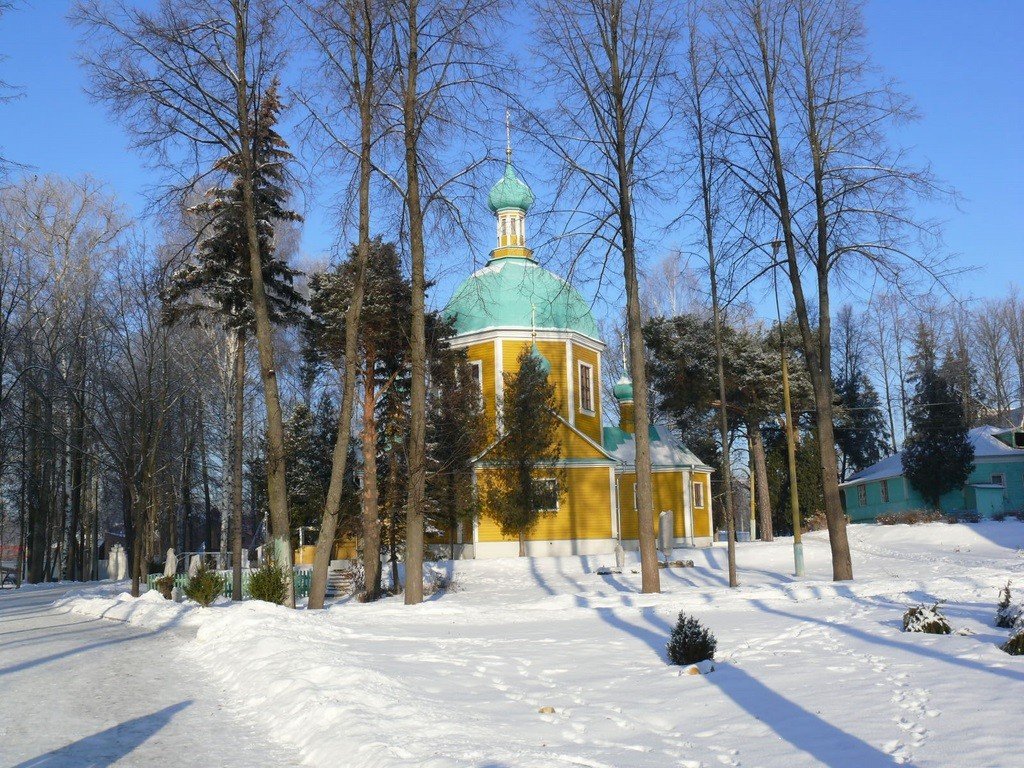
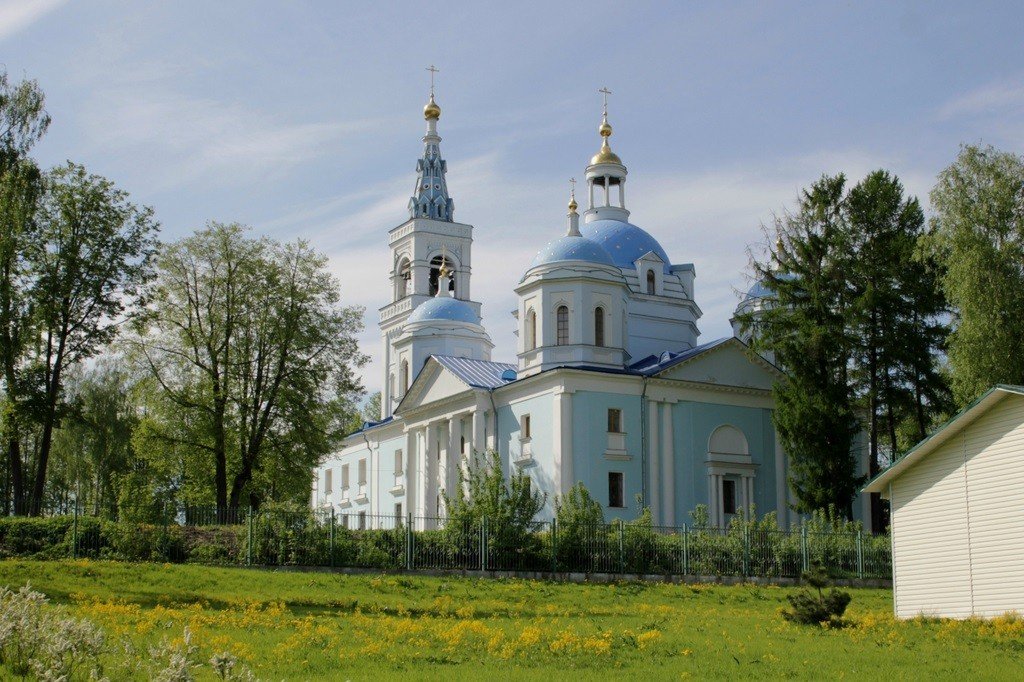
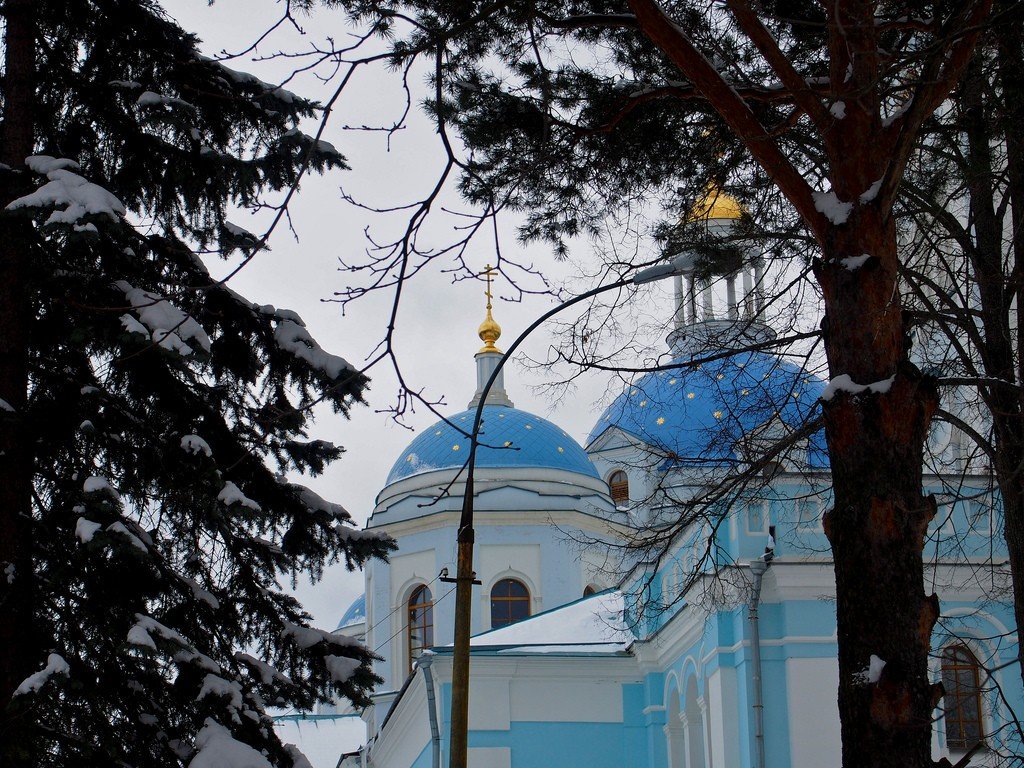
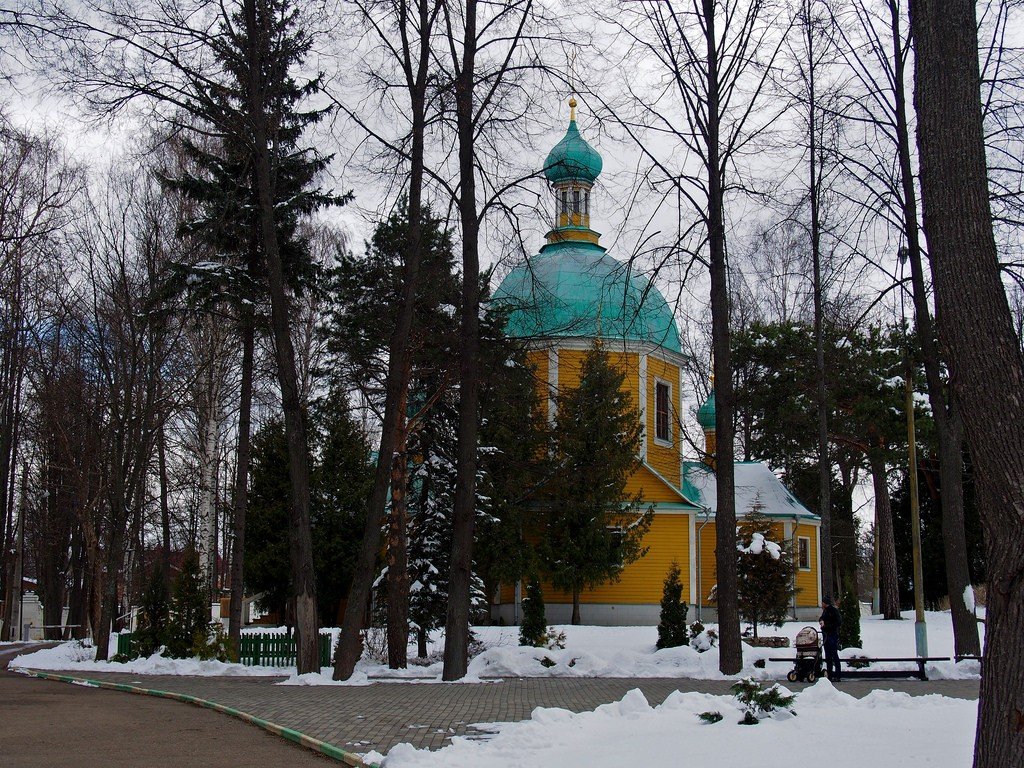
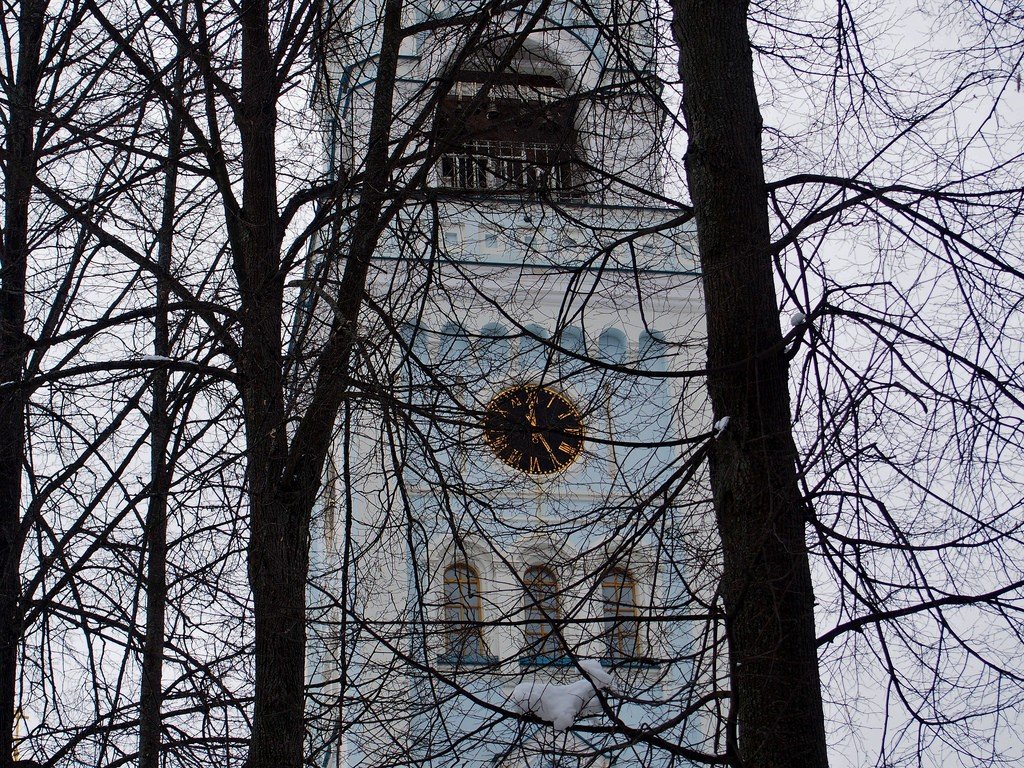
Video: Spaso-Vlakhern Monastery
Contents- Highlights
- History of Spaso-Vlakhern Monastery
- Spassky Cathedral
- Other buildings on the territory of the monastery
- How to get there
Highlights
The monastery in Dedenevo has existed since the mid-19th century. It is located on a picturesque hill and is surrounded by the valleys of Yakhroma, Volgusha and Iksha. Steep ravines near the Spaso-Vlakhern Monastery are very popular with winter sports enthusiasts. Ski tracks are laid here, ski elevators are operating.
.An artificial hill divides the Spaso-Vlakhern Monastery into two parts. In the center rises the majestic cathedral of the Savior of the Nerukotvornogo image, which is the architectural dominant of the entire monastic ensemble. On the perimeter of the site are located monastery pond, residential and economic buildings – hotel, hospital, house of the abbess, abbot’s building, the house of the parable and prosphora.
The Spaso-Vlakhern Monastery went through a period of decline and neglect. Restoration work in it began at the end of the last century and continues to this day. Over the years, the monastery has built the Church of Dmitry Solunsky, a sister building and a refectory. In the cathedral of the Savior of the Nerukotvorny Image is kept the revered icon of the Mother of God of Blachernae, to which on Sundays many believers come to the ancient church.
.
Nowadays there are 10 nuns and the abbess living in the monastery. There is a Sunday school for children of parishioners, and for tourists and pilgrims there are excursions on the territory of the Spaso-Vlakhern Monastery.
.
History of the Spaso-Vlakhern Monastery
In 1852 in the estate of the Golovins appeared a female community of six nuns. Nine years later it received the status of a monastery. The monastery grew rapidly, and by the beginning of World War I it already had 300 nuns and novices.
.
After the appearance of the Spaso-Vlakhern Monastery, the Golovins moved the estate 1.5 kilometers to the south. In 1907 the main manor house was built on the new site, the author of the project was the famous architect Fyodor Osipovich Shechtel. This house has not survived to this day, and today about the former estate reminds only a small half-overgrown park with ponds and a service building.
.
In 1922, the monastery in Dedenevo was liquidated. In the 1930s near the village began to build the Moscow Canal, which was to connect the capital with the Volga. For large-scale construction used the labor of prisoners, so on the territory of Dmitrovsky district organized Dmitlag. During the construction of the canal Dedenevo grew a lot. In the former Spaso-Vlakhern Monastery lived prisoners. Horrible conditions of their detention and hard labor led to the fact that more than 22 thousand people died during the construction.
.
Then the monastery was abandoned and stood in ruins until the end of the 20th century. In 1992, the believers held a meeting and adopted the charter of the Spaso-Vlakhern Church. In the summer of the following year the first church service was held, and after that large-scale work on the restoration of the Orthodox monastery began. The monastery was restored in 2001, when three nuns settled there.
.Spassky Cathedral
The main church of the Spaso-Vlakhern Monastery was built on the money of the estate owner V. V. Golovin in 1798-1818. In the middle of the XIX century, the Spassky Cathedral was reconstructed at the expense of G. P. Golovin. The church was turned into a five-domed temple, and its facades were decorated with four columned porticoes.
.
In the 1880s-1890s, a tiered bell tower was erected in front of the cathedral, standing on a massive three-story base. The tall building was built according to the project of architect Nikolai Vasilyevich Nikitin. Then the Spassky Cathedral and the bell tower were united by a two-light refectory. During the Great Patriotic War the architectural monument was heavily damaged by artillery shelling. Nowadays the cathedral is fully restored and is open for pilgrims and tourists.
.Other buildings on the territory of the monastery
Near the main church of the Spaso-Vlakhern Monastery you can see a wooden church consecrated in honor of St. Dmitry of Solunsk. It is a new-made church, built in the early 2000s in the traditions of the Russian-Byzantine style.
.
To the north, behind the monastery fence, stands the stone church of Nechayannaya Joy, erected in 1911 in the traditions of the pseudo-Russian style by architect M. D. Kholmogorov. The temple appeared on the initiative of the Spaso-Vlakhern Monastery and was used as a chapel until the revolution.
.How to get there
The Spaso-Vlakhern Monastery is located in the Dmitrovsky district of the Moscow region. It is located Shkolnaya Street, 4, in the village of Dedenevo, through which the highway A-4 passes. To get to the monastery by train, from Savelovsky railway station you need to go to the station “Tourist”. From the station to the monastery is about 0.5 km. Motorists come to the Spaso-Vlakhern Monastery along the Dmitrov highway. From the Moscow Ring Road to Dedenevo 40 km, and with free traffic this distance can easily be traveled in half an hour.
.